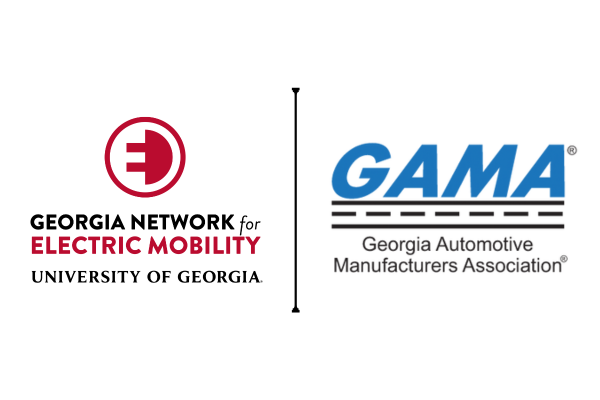Executive Summary
As outlined in our inaugural white paper on the rapidly evolving global landscape of electric vehicle (EV) adoption and Georgia’s growing role in shaping it, EVs are projected to comprise more than half of all new car sales globally by 2030 [1,2].
As electrification accelerates, EV fire safety remains a critical yet overlooked dimension of readiness; particularly in the United States, where current policy frameworks are not equipped to address the complexity and urgency of emerging fire risks. As more cities and states implement EV infrastructure, the absence of consistent safety standards across jurisdictions leads to uneven implementation, increases the likelihood of delayed emergency response, and heightens risks in densely populated areas [3,4]. Fire safety has also emerged as a critical concern for public agencies, first responders, and infrastructure providers when preparing their communities for increased EV adoption [5,6].
Lithium-ion batteries, now the dominant energy storage solution, offer high energy density and performance but also introduce unique fire risks. Damage from impact, manufacturing defects, or thermal stress can trigger thermal runaway: a self-sustaining chain reaction that produces extreme heat, toxic gases, and in some cases, explosions [12,13]. EV fire events, though 20 times less likely than gasoline vehicle fires, demand specific emergency response protocols, specialized training, and equipment and technology that remain inconsistently available and applied across regions [14,15]. Technology might eventually improve to address these issues. However, lithium batteries will still be a large percentage of new and used EV batteries for the foreseeable future.
While a handful of US cities and states now have some EV fire safety or readiness guidance, Atlanta’s 2025 EV Readiness Ordinance is, as of the time of this publication, the only known policy at any level in the United States—municipal, state, or federal—that explicitly integrates both tiered EV infrastructure readiness and site-level fire safety requirements into a single, unified development ordinance.
This absence of broader regulatory action reflects a critical knowledge and preparedness gap. Addressing this gap is no longer optional—it is urgent.
Without proactive coordination, clear protocols, and infrastructure safeguards, the gap between rapid EV adoption and public safety preparedness will widen, increasing liability exposure, slowing emergency response, and placing unnecessary strain on fire departments and local governments.
To meet these challenges, several jurisdictions have taken initial steps. For example, local utilities have begun training their staff as “first and secondary responders” during natural disasters to better manage EV-related incidents. However, these efforts remain largely fragmented and inconsistent across regions. Besides Atlanta’s 2025 Ordinance, the U.S. federal government now mandates that automakers provide emergency response guides aligned with ISO 17840 standards and the National Fire Protection Association (NFPA) has published EV fire safety–related codes and guidelines that, while influential, are largely advisory (not mandatory or uniformly enforced) [6]. Additionally, several EV fire safety standards and first responder training programs have been developed and adopted internationally in leading global markets like the European Union and China, as well as in smaller relative EV markets like Australia [10,16].
These challenges are not unfamiliar: the early rollout of EV charging infrastructure was hampered by incompatible connector types and similarly fragmented technical standards, which slowed progress and discouraged consumers [7,8]. Without intervention, the global industry risks repeating those same mistakes with similar lack of alignment in fire safety protocols [9,10]. The lack of a globally coordinated framework for EV fire safety and emergency response now threatens to undermine both public confidence and the safe, scalable growth of the EV ecosystem; especially in high-density urban or low-access and/or rural communities [17,18].
This white paper examines Atlanta’s EV fire safety policy landscape and compares it to regulatory approaches in leading global EV markets (the European Union and China). It highlights emerging best practices, identifies critical policy gaps, and issues a call to action for globally coordinated, forward-looking standards that can support safe, scalable EV adoption worldwide.



